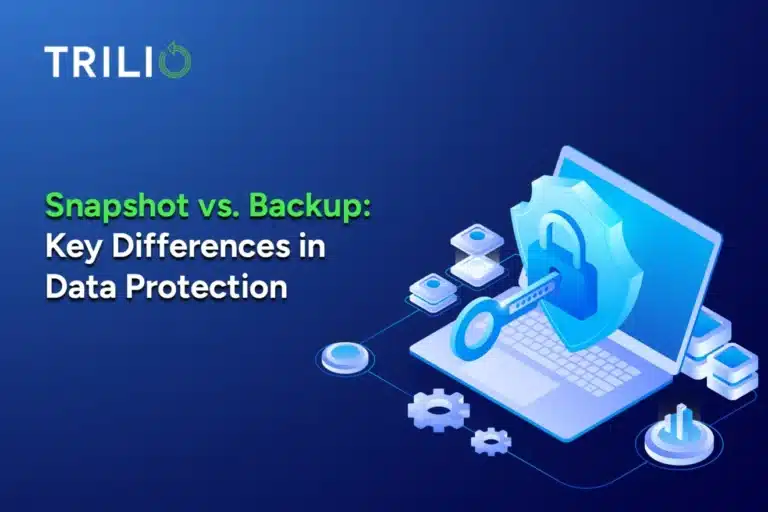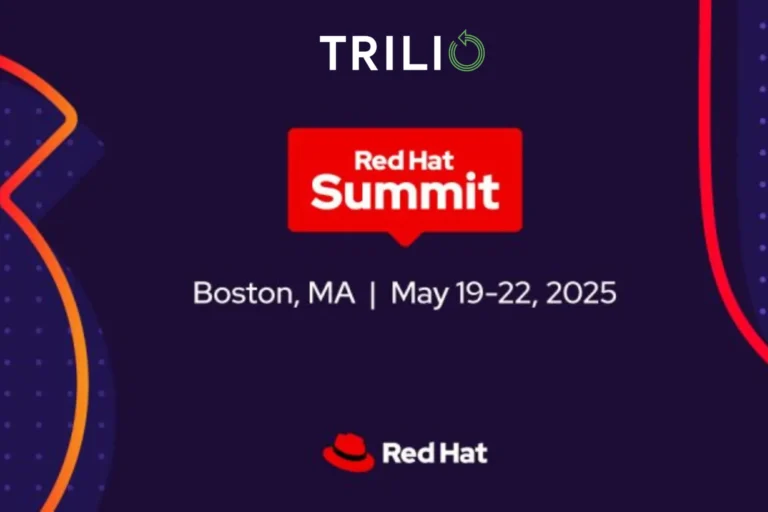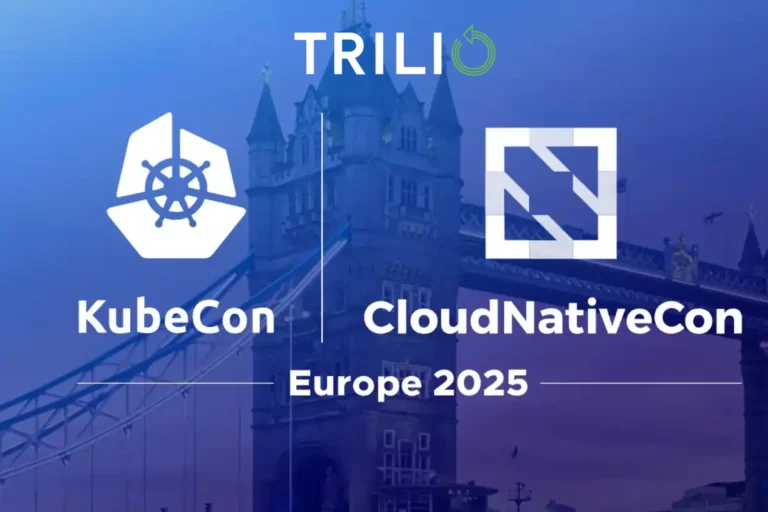
Welcome to Trilio’s Q&A series, where a member of our executive team interviews a senior executive with a key partner, customer, or industry analyst firm. We want to get their thoughts on the state of Big Data, OpenStack, data protection, or business assurance and continuity.
As some of you may know, Trilio entered into a partnership with SwiftStack, the leader in a new breed of object storage for Enterprises, in June 2015. This technical partnership pairs SwiftStack’s object storage product with Trilio’s Business Assurance Platform, enabling organizations to achieve integrated NoSQL backup and recovery and complete data assurance in OpenStack environments. The joint storage solution is also consumable today in environments beyond OpenStack as cost-optimized private cloud architecture for any Enterprise IT organization. We recently asked Joe Arnold (@joearnold), founder & Chief Product Officer of SwiftStack (@SwiftStack), five questions about OpenStack technology in today’s market.
Murali Balcha: SwiftStack is doing some very exciting things in the storage area. What are the primary challenges enterprises face managing storage today?
Joe Arnold: Across the board, enterprises need to do much more with less, and they see that continuing to use their current storage technologies is just not sustainable. Enterprises are competing with SaaS and public clouds for workloads, and they need to employ the same strategies that the big providers use to deliver services their internal customers are demanding. Meeting new cost targets is often the first challenge Enterprises look to solve. At the same time, they also want to solve cloud management, agility, and freedom in their private infrastructure.
Murali: What are the primary use cases that enterprises implement using SwiftStack? How is SwiftStack changing the storage market?
Joe: Web, mobile, and SaaS applications were the first to leverage object storage for workloads never before conceived in enterprise data centers. Classic NAS technologies have filesystem limits both in the number of files and the size of files. As such, companies in media and entertainment, and life sciences needed cloud-grade storage technology to support their order-of-magnitude larger data sets and were the next to leverage SwiftStack. A better archive is the latest use case enterprises are starting with, where SwiftStack gives organizations the ability to affordably access any archived data in real-time, as well as take advantage of built-in offsite replication.
Murali: You refer to your solution as a “new breed” of object storage. What is new about your approach? What are the immediate benefits that enterprises realize with SwiftStack?
Joe: Gartner calls it Mode 2, IDC calls it 3rd Platform, though most in IT know the new architecture as Public Cloud. SwiftStack is a new breed of object storage, as all others target classic workloads and were conceived in the years prior to Amazon. SwiftStack supports today’s workloads as well but was conceived with the properties of public cloud storage. Cloud is about immediate ease of consumption, pay-as-you-grow consumption, and an order-of-magnitude greater scale. SwiftStack provides IT organizations with the same cloud benefits, but behind their firewall:
- Ease of deployment turning any standard Linux server into cluster nodes with a single command
- Annual licensing based only on the storage consumed vs paying all up front for 3-5yrs of growth
- Scale capacity or throughput independently by adding standard nodes where needed
Murali: With OpenStack or in a Big Data environment, what tangible benefits does an organization receive from pairing SwiftStack and TrilioVault?
Joe: It does not make sense to do things the new way if there are no tangible benefits. When protecting new NoSQL architectures, it makes sense to use modern storage. Compared to classic storage, SwiftStack gives users the benefit of the freedom to use the same standard server hardware they procure to build a private storage cloud. 80% of a storage cluster drives, and SwiftStack is architecturally lower cost by avoiding the “disk tax” of classic storage systems. As a back-end for Trilio Data, the unified namespace provides simpler management, agility, and capacity that can scale in line with data growth.
Murali: What is the best piece of advice you can give to enterprises looking to move to OpenStack?
Joe: Start with storage. Everyone’s journey is different, and leveraging OpenStack does not need to be “all or nothing.” Presenters at the OpenStack Summit, like Ancestry.com, Pac-12 Networks, and Fred Hutchison Cancer Research Center, have all presented how their journey with OpenStack started with a scope targeting storage, specifically object storage. Any applications that support the OpenStack Swift API, like Trilio Data, can use object storage regardless of where they operate. A journey that moves those applications to a broader OpenStack environment with a broader scope is easier to continue when the right storage infrastructure is already in place.
Murali: Thanks, Joe! We’re excited to be working with you and your team at SwiftStack.



